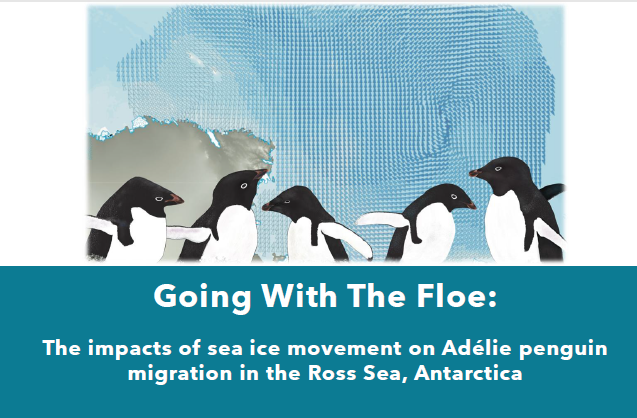The effects of sea-ice movement on Adélie penguin winter migration

Abstract
Global warming is disproportionately impacting polar regions, making it increasingly important to understand how and when wildlife depend on sea ice for their movements. Movement patterns within sea-ice fields have been much less studied compared to wind and ocean currents, even though sea ice is an integral part of polar ecology. Adélie penguins (Pygoscelis adeliae) in the southern Ross Sea, Antarctica undergo the longest winter migration known for the species. Within and north of the Ross Sea, the Ross Gyre drives ocean circulation and the large-scale movement of sea-ice. We used remotely sensed ice movement data together with geolocation-based penguin movement data to test the hypothesis that penguins take advantage of sea-ice movement to aid their migration. We found that penguins travelled longer distances when their movement and sea ice-movement were aligned. Distances traveled were in part explained by which of two routes ("east" or "west") a penguin took. We found favorable sea-ice movement conditions occurred when penguins moved northward but ice support decreased through the winter. We also found that higher velocity of the Ross Gyre resulted in penguins being advected farther north, potentially into less productive waters and farther from their breeding colony. Changes in sea ice will have implications related to energy expenditure and ecological interactions and our findings provide further evidence that ice/ocean circulation patterns are important drivers of wildlife movement and life history patterns within the Ross Sea.